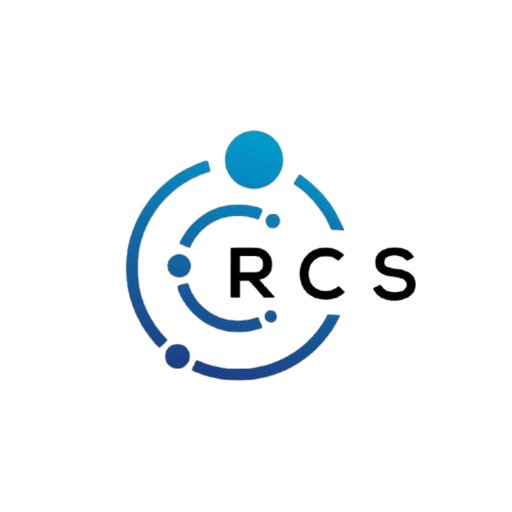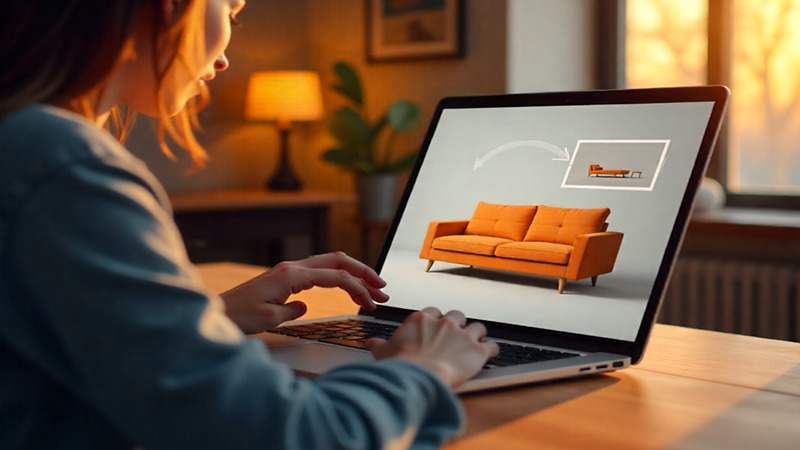In today’s fast-evolving digital economy, the line between reality and fantasy is thinning. Consumers no longer want to speculate on how a sofa would look in their living room or whether a design printed on a customized T-shirt would be as desired. They want to be able to visualize the product before clicking the “buy” button. This is where product visualization technology comes in — enabling retailers to provide accurate, interactive, and often immersive previews of customers’ future purchases. For those weighing their choices, many find that the best Zakeke alternative – Zolak offers a new method, blending visualization with AI-driven efficiency to construct experiences greater than simple customization.
Why Product Visualization Matters
E-commerce has never suffered from a trust issue. Buyers can’t touch or try products; they have to rely on pictures, reviews, and imagination. That lack of experience breeds uncertainty and, all too often, returns. Product visualization fills the gap. By bringing products out for buyers to explore in 3D, swap colors or materials, or place them in their real-world space with augmented reality, visualization dispels uncertainty and increases confidence in buying.
An interactive 3D experience increases conversion rates up to 40%, as cited by one study from Deloitte. More significantly, they reduce return rates, which are famously high in e-commerce. For businesses, this isn’t just a customer-experience dividend — it’s a measurable improvement to the bottom line.
From Flat Images to Immersive Experiences
In the past days of e-commerce, product presentation consisted of a couple of static images. Brands then added “360-degree viewers,” where clients are allowed to turn products. Even though such technology was revolutionary at the time, today’s consumer expects more.
Modern product visualization includes:
- 2D customization: Adding text or graphics to a template (typical of print-on-demand products).
- 3D configurators: Rotating objects in real-time, changing materials, finishes, or colors.
- Augmented Reality (AR): Superimposing virtual objects over real-life environments using phone cameras.
- Virtual showrooms: Interactive environments in which shoppers can “shop” as if they were walking around a store.
This development showcases an important shift: visualization isn’t just presenting products — it’s interaction, personalization, and storytelling.
The Business Benefits
Product visualization offers a range of advantages beyond “wow factor”:
- Higher interaction – Consumers spend more time interacting with products that are customizable or shoppable in 3D.
- Better decision-making – If consumers can see realistic previews, they are less likely to procrastinate or leave their carts behind.
- Lower return rates – By setting realistic expectations, retailers reduce the expensive logistics and restocking.
- Streamlined production – Sophisticated platforms directly generate print-ready or production-ready files, cutting down errors and lead times.
- Brand differentiation – Interactive experiences stand out in saturated markets.
Visualization tools turn visualization into a level playing field for small businesses, offering the quality of smooth, interactive experiences once the prerogative of enterprise giants.
Zakeke and Zolak: Two Different Paths
Zakeke has anchored its brand on seamless e-commerce integrations like Shopify and WooCommerce. It shines at enabling customers to personalize products — engraving messages on jewelry, placing pictures on mugs, or designing clothing. Its strength lies in the “design it yourself” application, where 2D and 3D personalization converge to create a production-ready design file.
Zolak takes a visualization on an interactive path. Instead of prioritizing customization, it prioritizes realism, 3D assets, and contextual placement. Consider this: having the ability to furnish a virtual living room with different sofa designs, swap fabrics in real time, and then see that sofa in your living room using AR. Zolak also employs AI to transform a single 3D model into multiple visual formats — static images, animations, and even full virtual showrooms — that can be leveraged by brands to maximize the use of their digital assets with minimal manual design input.
Where the Market Is Going
The future of product visualization lies at the intersection of realism, automation, and accessibility. Three trends stand out:
- AI-driven asset creation: Not every retailer has a library of 3D models. Those sites that can create or enhance imagery from raw data will gain traction.
- Cross-platform continuity: Consumers desire consistency of experience on web, mobile, AR, and in-store signage as well.
- Scalability for SMEs: As visualization technology is made more affordable, small to mid-size businesses will leverage tools once the domain of top brands only.
We will soon be at the point where static product images look dated, the way dial-up does today.
Final Thoughts
Product visualization is no longer a luxury; it’s becoming the standard of e-commerce. The customers demand it and demand it now, and the companies that are fulfilling that demand are reaping real rewards.
Zakeke has set the bar with customization, yet as markets mature, options like Zolak demonstrate the expanding horizons of what can be done — from AI-driven 3D assets to interactive showrooms that blur the lines between virtual and real. As retailers invest in where to locate them, the question is no longer if and when they need product visualization, but how much they’re going to do with it.
For more info visit Rcsdassk

